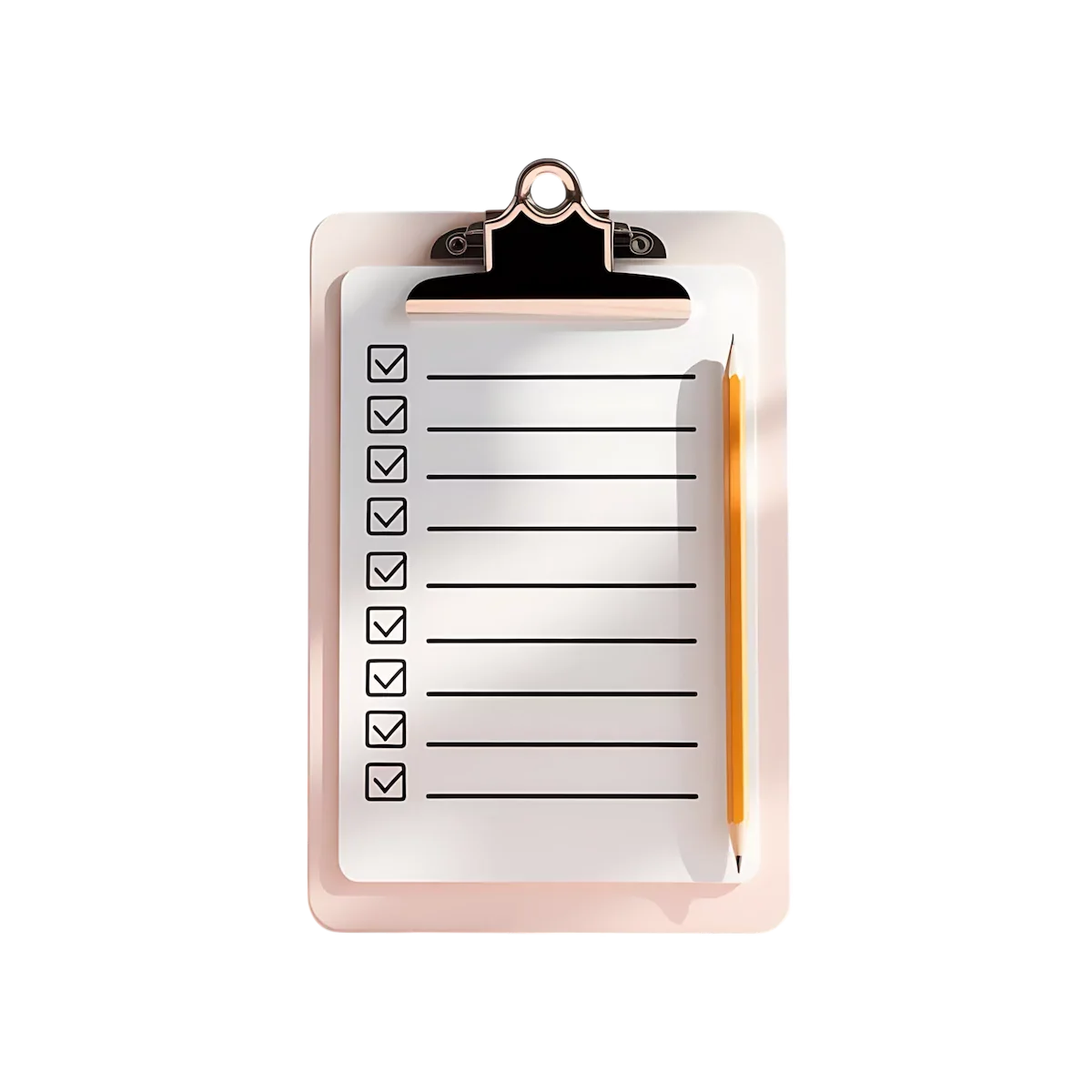Hit-and-Run Cases: Finding Coverage When the Driver Vanishes
Executive Summary
When the at-fault driver disappears, your claim doesn’t. Most car-insurance policies include uninsured-motorist (UM) coverage that can apply to hit-and-run events—including phantom-vehicle scenarios where the other car is unknown. The key is disciplined execution: report promptly, preserve proof, and route communications through counsel.
What Counts as a Hit-and-Run—and Why UM Coverage Matters
Hit-and-Run: An unidentified driver causes a crash and leaves the scene (or is never identified).
Phantom Vehicle: The at-fault vehicle isn’t identified and may not have made physical contact.
UM Coverage: Your own policy can step in when the at-fault driver is unknown or uninsured. Policy language varies; many insurers require a police report and corroborating evidence beyond your statement.
Other Coverages that may help: Personal Injury Protection/MedPay (medical), collision (vehicle repairs), rental and towing, and—if identified later—UIM if the other driver’s limits are too low.
Bottom line: Even if the other driver vanishes, your policy may be the safety net—if you protect the record.
Step-by-Step: What To Do After a Hit-and-Run
1) Safety First & Immediate Documentation
Move to safety; call 911.
Photograph vehicles, injuries, debris, skid marks, road signs, traffic signals, and the broader scene.
Capture dashcam footage; ask nearby businesses or homeowners to save surveillance video.
Note time, weather, lane position, direction of travel, and any details about the other vehicle (color, make, partial plate, damage).
2) File a Police Report—Promptly
Request a police report number at the scene or file a report as soon as possible.
Provide a clear, factual account; list all witnesses you’ve identified.
Keep copies of citations, incident cards, and any supplemental statements.
3) Medical Care & Consistency
Get evaluated immediately (ER/urgent care/PCP).
Follow through with diagnostics and specialist referrals; gaps in care undermine causation.
Start a symptom & activity journal (pain levels, sleep, work limits, daily tasks).
4) Notify Insurance—Without Over-Sharing
Report the hit-and-run claim to your insurer promptly (check your policy for timelines).
Decline recorded statements until you’ve spoken with counsel. If one is necessary, keep it counsel-attended and scope-limited.
Ask the adjuster for your UM claim requirements in writing (e.g., police-report and corroboration standards).
5) Preserve Evidence Methodically
Send preservation letters to nearby businesses for video; many systems overwrite in days.
Secure vehicle data (EDR/telematics) and retain damaged parts.
Track medical records, imaging, bills, and out-of-pocket costs (including mileage, devices, and household help).
6) Legal Strategy & Valuation
We assemble a proof package: liability theory, medical causation, functional impact, and applicable policy benefits.
Where policy language is strict (e.g., corroboration for phantom vehicles), we build independent support: witness statements, video, physical evidence, and accident-reconstruction input.
Phantom-Vehicle Claims: How We Corroborate Without a Plate
Some policies limit hit-and-run benefits unless there’s physical contact or independent corroboration. We answer that by:
Pulling traffic-camera and private surveillance within the overwrite window.
Locating independent witnesses using canvassing tools and door-to-door outreach.
Leveraging dashcam and telematics (speed, braking, steering) to anchor mechanism.
Documenting scene physics (debris pattern, crush profile, skid/scuff marks) to support a forced-evasion or cut-off theory.
CHECK OUT OUR CLAIM CALCULATOR FREE OF CHARGE: CLICK HERE
Police Reports: Why the Details Matter
A complete report can satisfy a policy’s prompt-reporting requirement.
Precise location, lane, and movement diagrams help reconstruct liability.
List every symptom, even if mild. “It hurts later” isn’t unusual—but note it today.
Using Your UM Coverage: The Essentials
Notice & Proof: Meet your policy’s timelines and documentation requirements.
Damages: Medical expenses, lost wages/earning capacity, and pain and suffering—subject to policy and state law.
Coordination: PIP/Med-Pay may pay first; UM can cover the remainder as allowed by the policy.
Disputes: If the insurer contests liability, causation, or damages, we escalate with expert reports and, if necessary, arbitration or litigation per the policy.
Pennsylvania – New Jersey Spotlight (practical, not pedantic)
Pennsylvania: Many policies allow UM/UIM stacking (if elected). Limited-tort selections can restrict non-economic claims against third parties, but UM claims are governed by your policy language—we analyze both to preserve rights.
New Jersey: Verbal-threshold issues can affect non-economic recovery in third-party suits. For UM claims, policy wording and medical proof drive outcomes; timely police reporting and corroboration are often pivotal.
(Specific rights depend on your policy and facts; we tailor strategy to your jurisdiction.)
Client Checklist (print-friendly) or Download Here
At the scene - same day:
☐ 911 called; police report number logged
☐ Scene, vehicle, and injury photos taken
☐ Dashcam saved; nearby cameras identified
☐ Witness names/contacts captured
Within 24–72 hours:
☐ Medical evaluation completed; follow-ups scheduled
☐ Insurance notified of hit-and-run / UM claim (no recorded statement yet)
☐ Preservation requests sent for video and vehicle data
☐ Start symptom/activity journal
Within 1–2 weeks:
☐ Collect medical records/bills and employer documentation
☐ Obtain full police report and supplements
☐ Review your policy declarations (UM/UIM, PIP/MedPay, collision, rental) with counsel
Questions About UM/UIM Claims?
We Have Answers
-
Answer: Often yes—through UM—but some policies require independent corroboration. We build that proof with video, witnesses, and physical evidence.
-
Answer: Insurers set rates using many factors. The priority is protecting your health and claim; we discuss potential impacts and alternatives before major steps.
-
Answer: Not immediately. We typically decline or limit recorded statements until the facts and medical picture are clear and the scope is defined.
-
Answer: We can pursue the at-fault driver’s BI coverage and, if limits are insufficient, your Under Insured Motorists’ Coverage—coordinated with your Uninsured Motorists’ claim to avoid double-counting.
Bottom Line—Take Action Today
A hit-and-run isn’t the end of the road for your claim. With fast reporting, disciplined evidence preservation, and strategic use of UM coverage, you can still secure a fair outcome—even when the other driver vanishes.
If you or a family member was hurt in a hit-and-run, we can map your UM options and a 72-hour action plan in one focused call—calm, thorough, no pressure. Call Edelstein Law today (215) 893-9311 to schedule your free consultation and speak with a hit-and-run lawyer. Don’t let your insurance company take advantage of you, let our experienced litigators take control of your claim.
DISCLAIMER: This material is for general information only and does not constitute legal advice. Reading it or contacting Edelstein Law does not create an attorney–client relationship. Do not send confidential information until representation is confirmed in a written engagement letter. Sharing or discussing this content with other lawyers does not create a co-counsel, joint-venture, or referral arrangement; any such relationship requires a separate written agreement executed by Edelstein Law and the participating firm(s), and, where applicable, the client.





